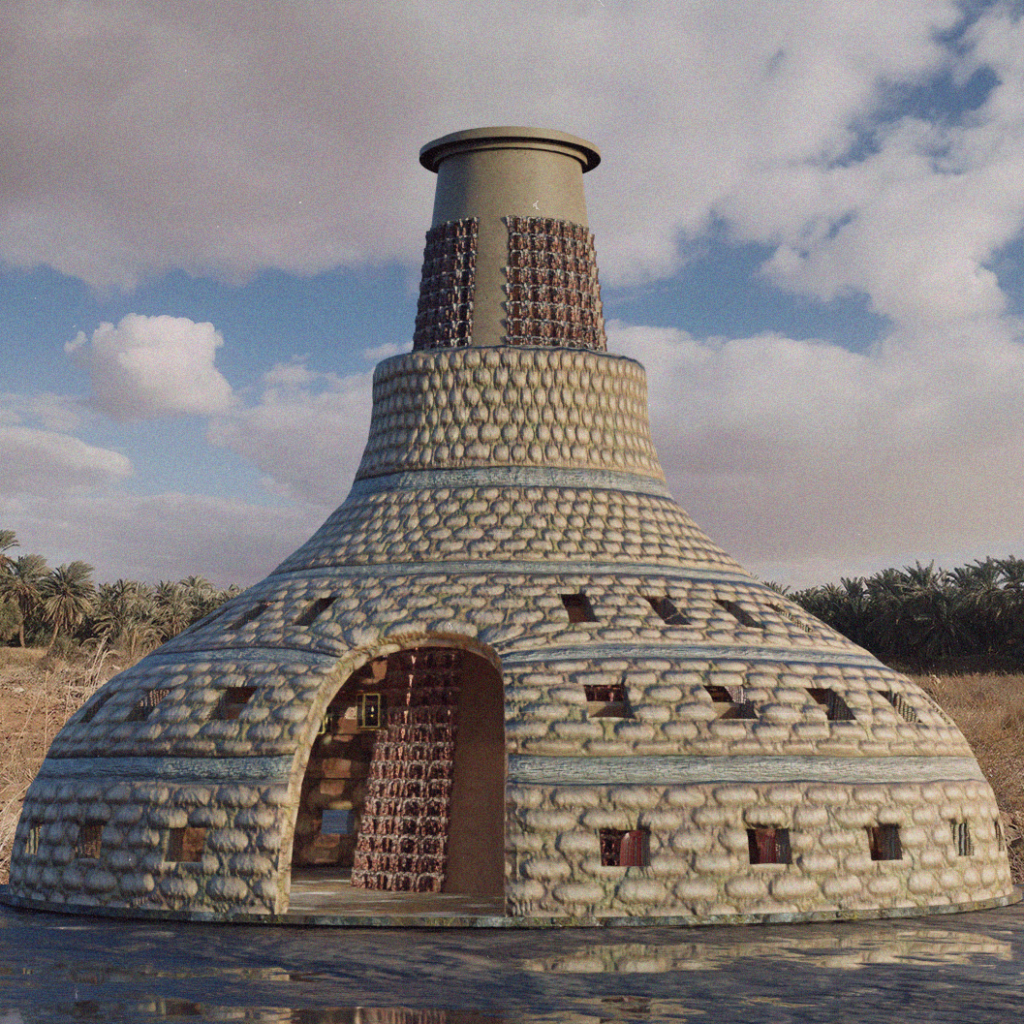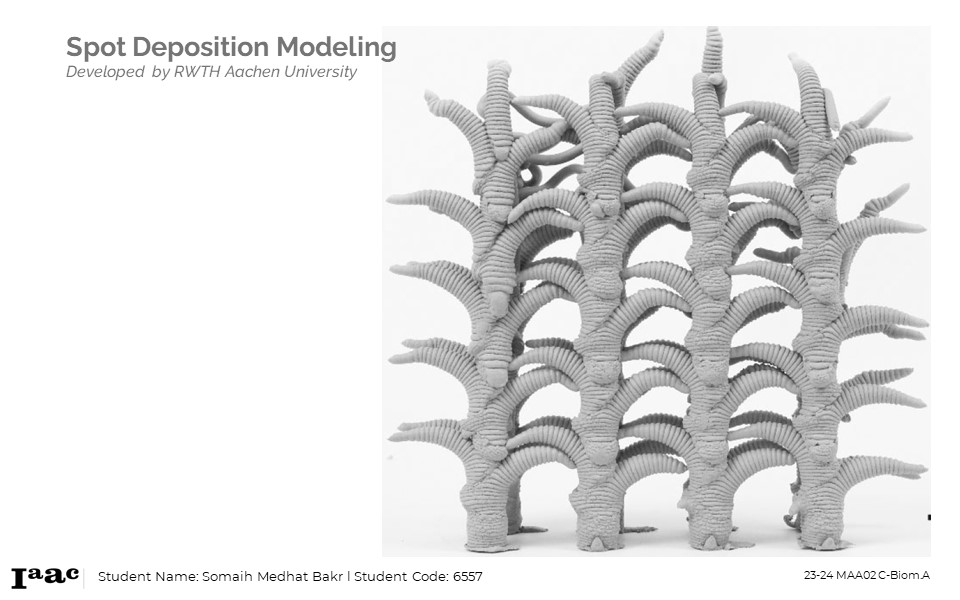

Research Introduction

Poor quality health services is an emerging phenomenon in various countries. The situation is worse in low income countries where 10 percent of hospitalized patients can acquire an infection during their stay versus 7 percent in high income countries.
Disinfecting healthcare facilities is a crucial aspect in order to reduce this phenomenon. Therefore the choice of finishing materials is detrimental in keeping the sanitary conditions. What readily available material with naturally antimicrobial properties could be used to build alternative healthcare facilities in low-income settlements?
Various studies have shown that speleotherapy, a therapy involving the inhalation of aerosols from an environment composed of natural crystallized salt, is an effective method for treatment of respiratory diseases. Moreover, salt is used in the treatment of skin diseases as it reduces inflammation. This leads to the speculation that salt could be used as a healthy low-cost building material for healthcare facilities, as it can be obtained from naturally saline water bodies or from desalination brine discharges.
The aim of the project is to develop a bio material composed of salt and to devise a robotic spatial 3D printing technique of this material composite to allow free form geometries.

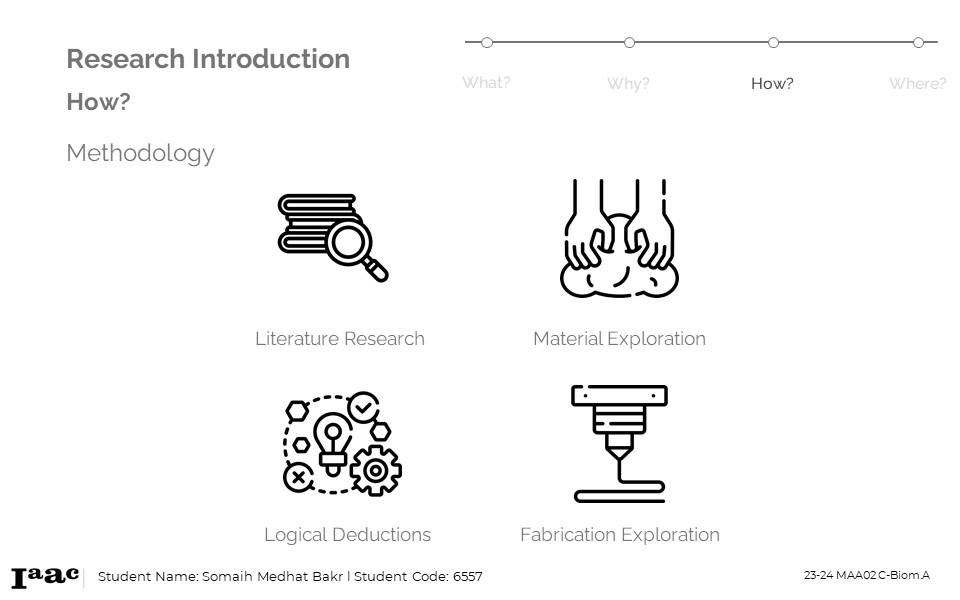
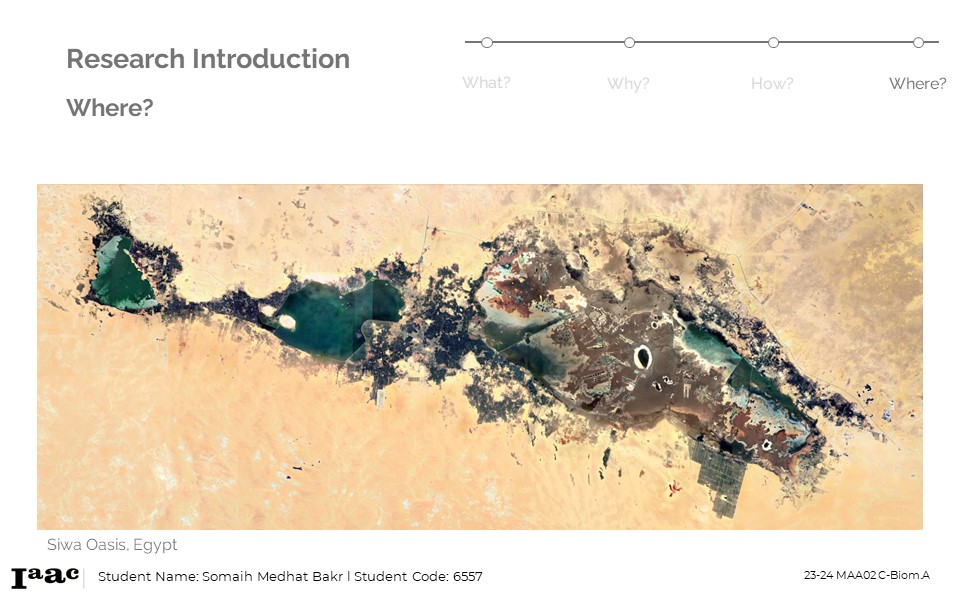
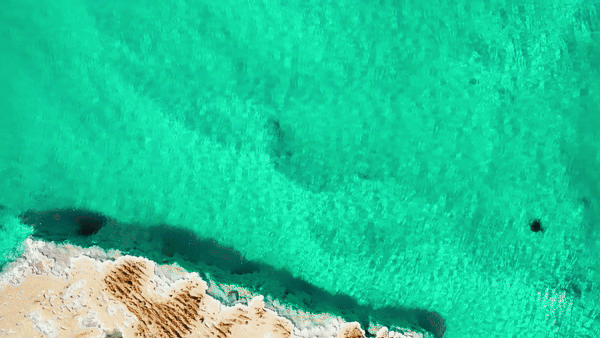

Material Exploration


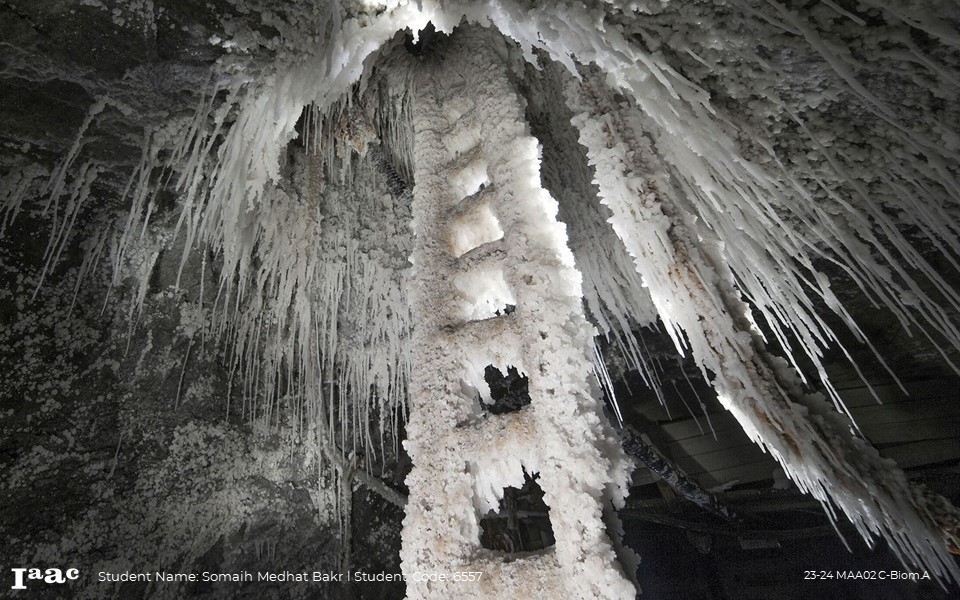
Reference: Wieliczka Salt Mine Health Resort – Green Poland
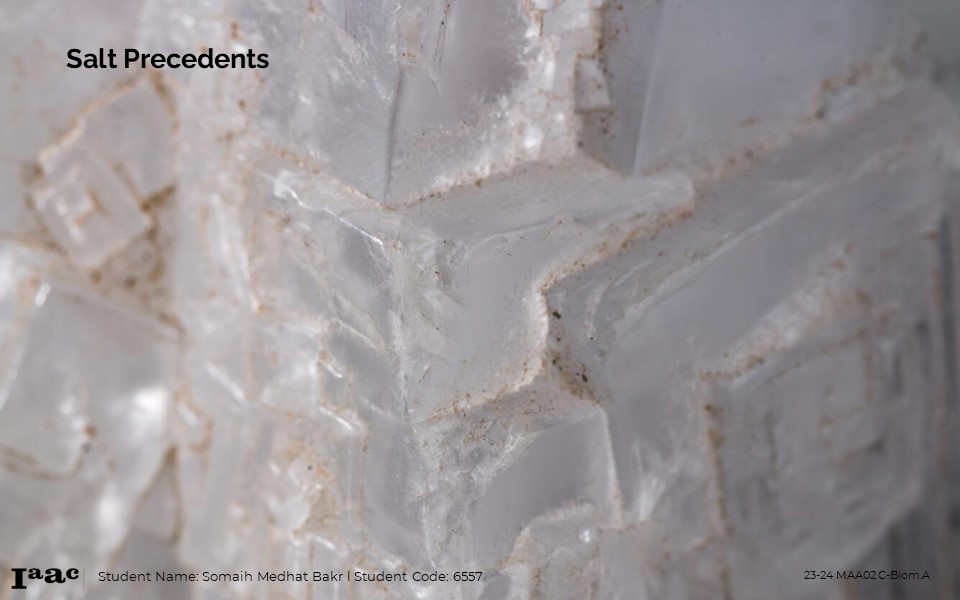




Fabrication Exploration



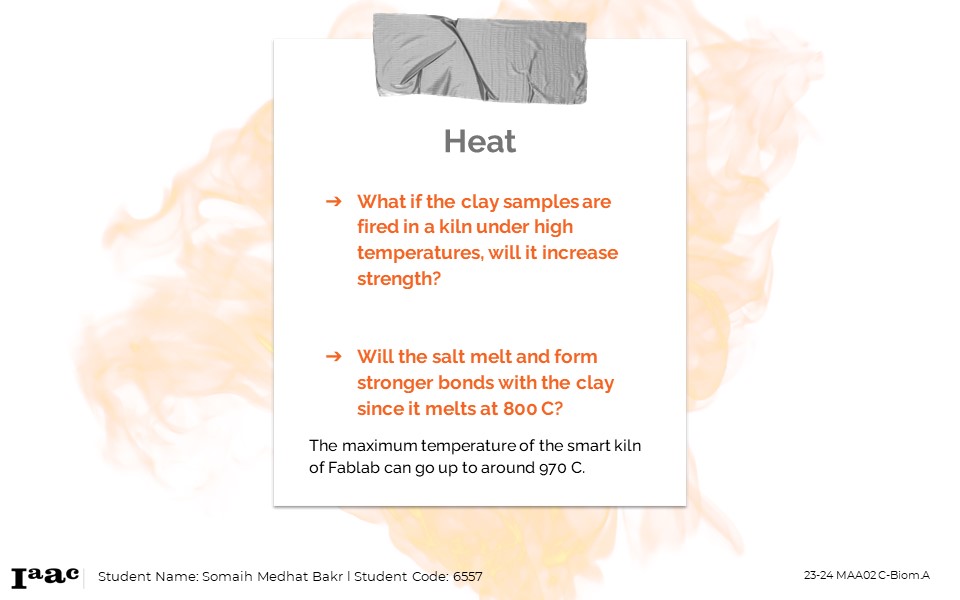
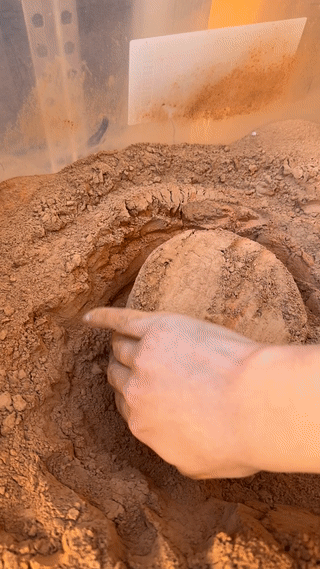
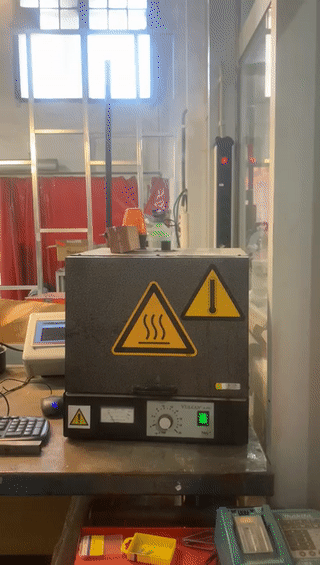
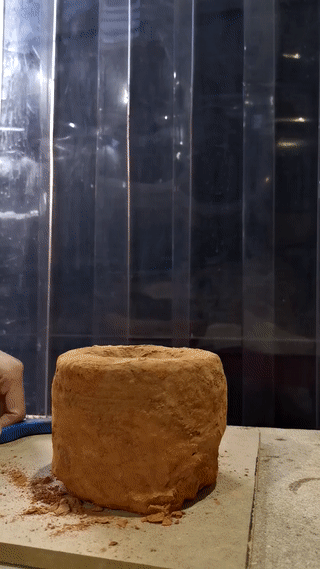
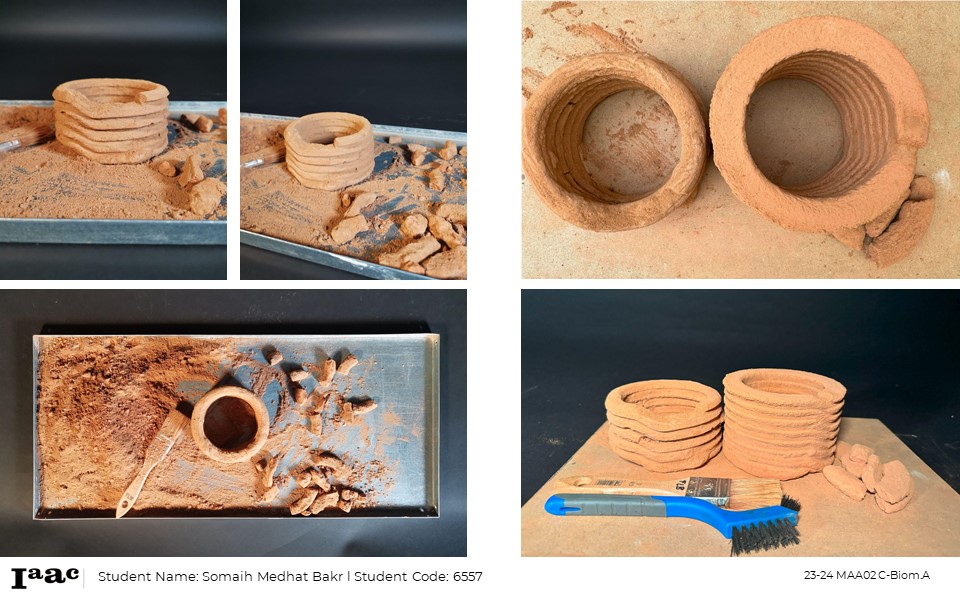
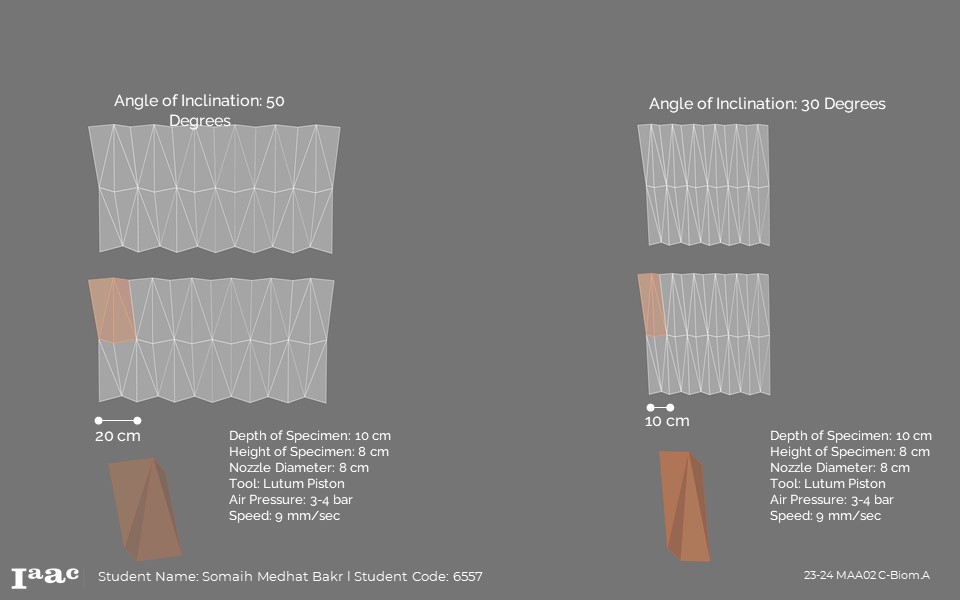
Robotic Spatial 3D Printing
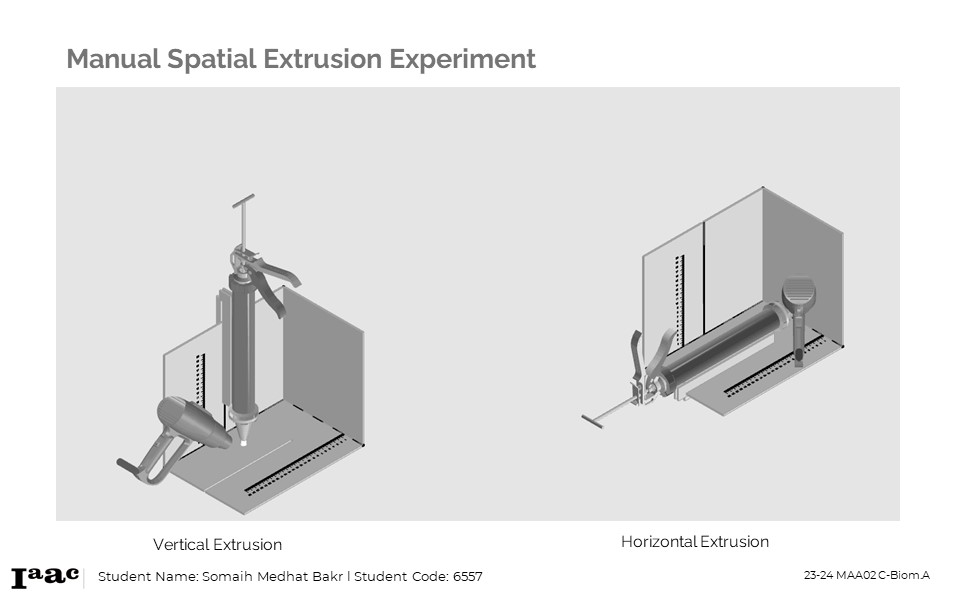


Explored Geometry Typologies

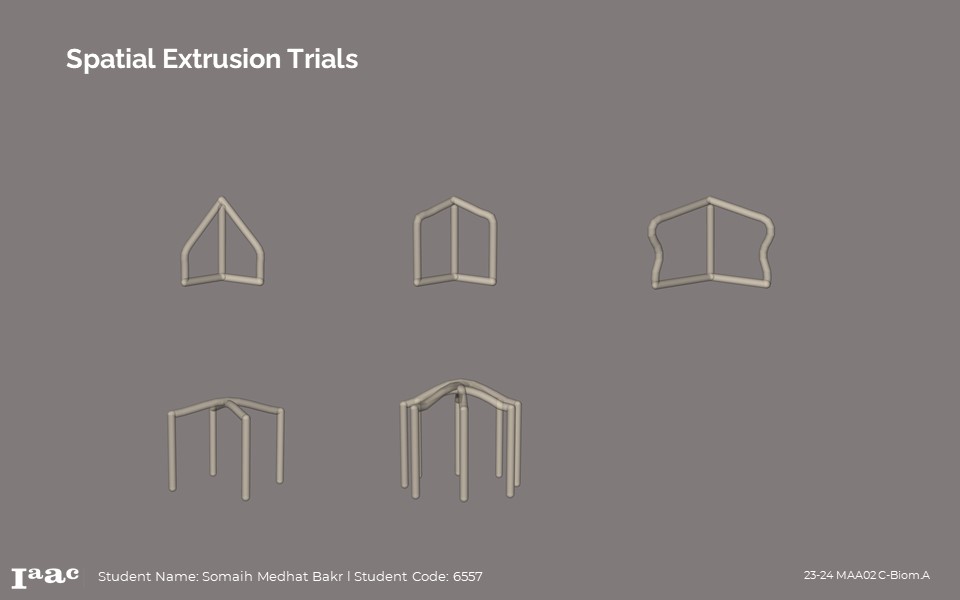
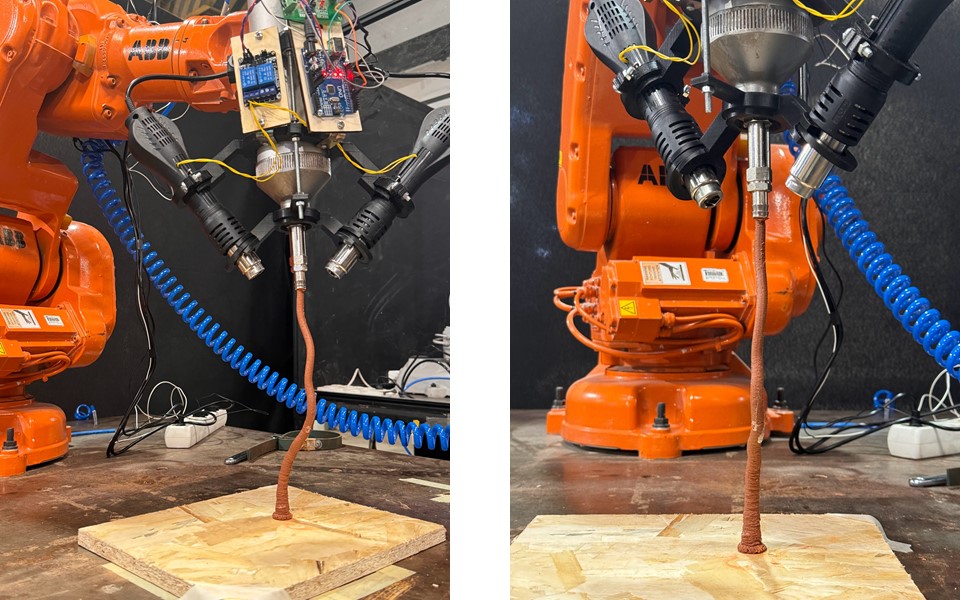
Fabrication Precedents

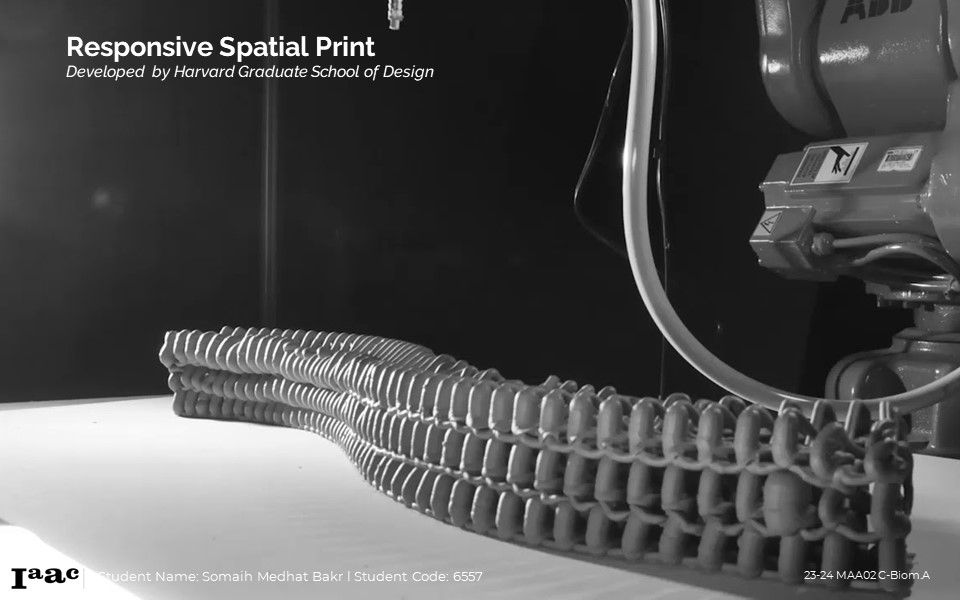
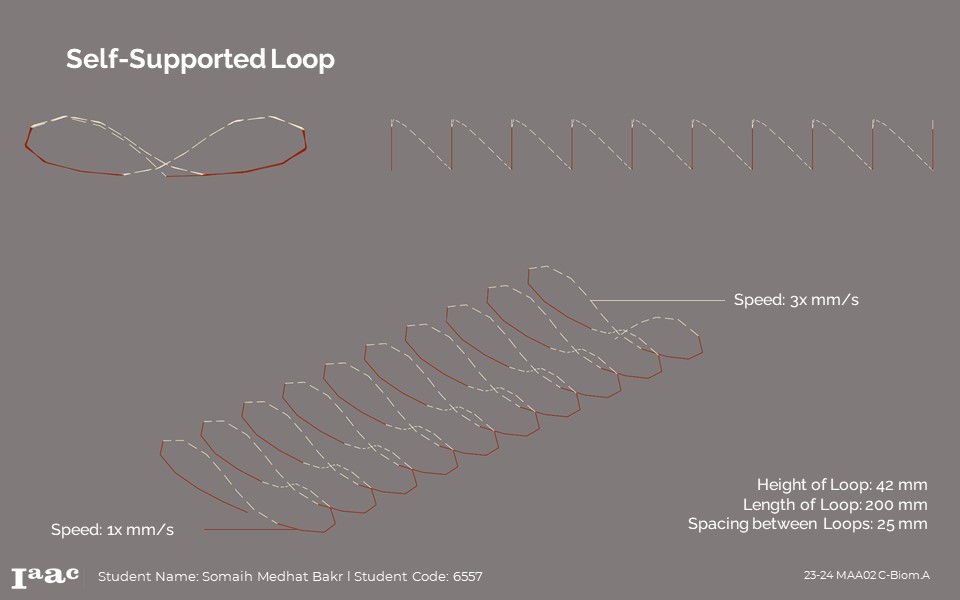
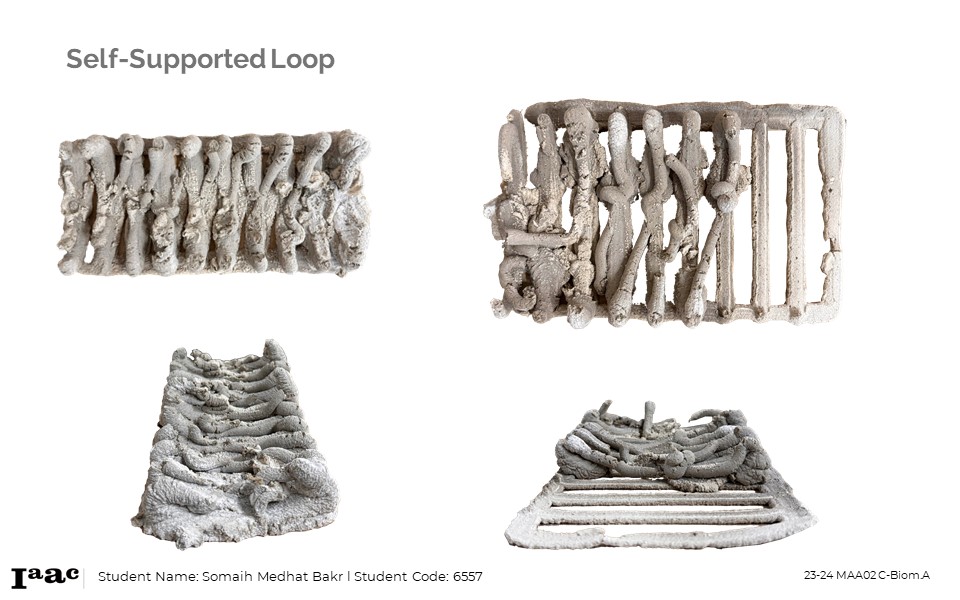
Final Geometry Typology

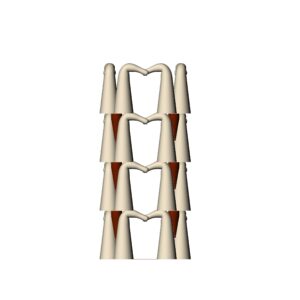
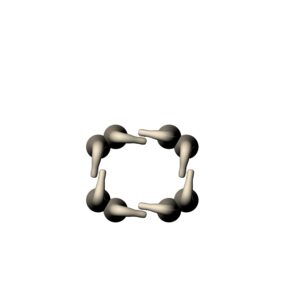




Design Applications




